Engelmann Spruce Information – Where Do Engelmann Spruce Grow

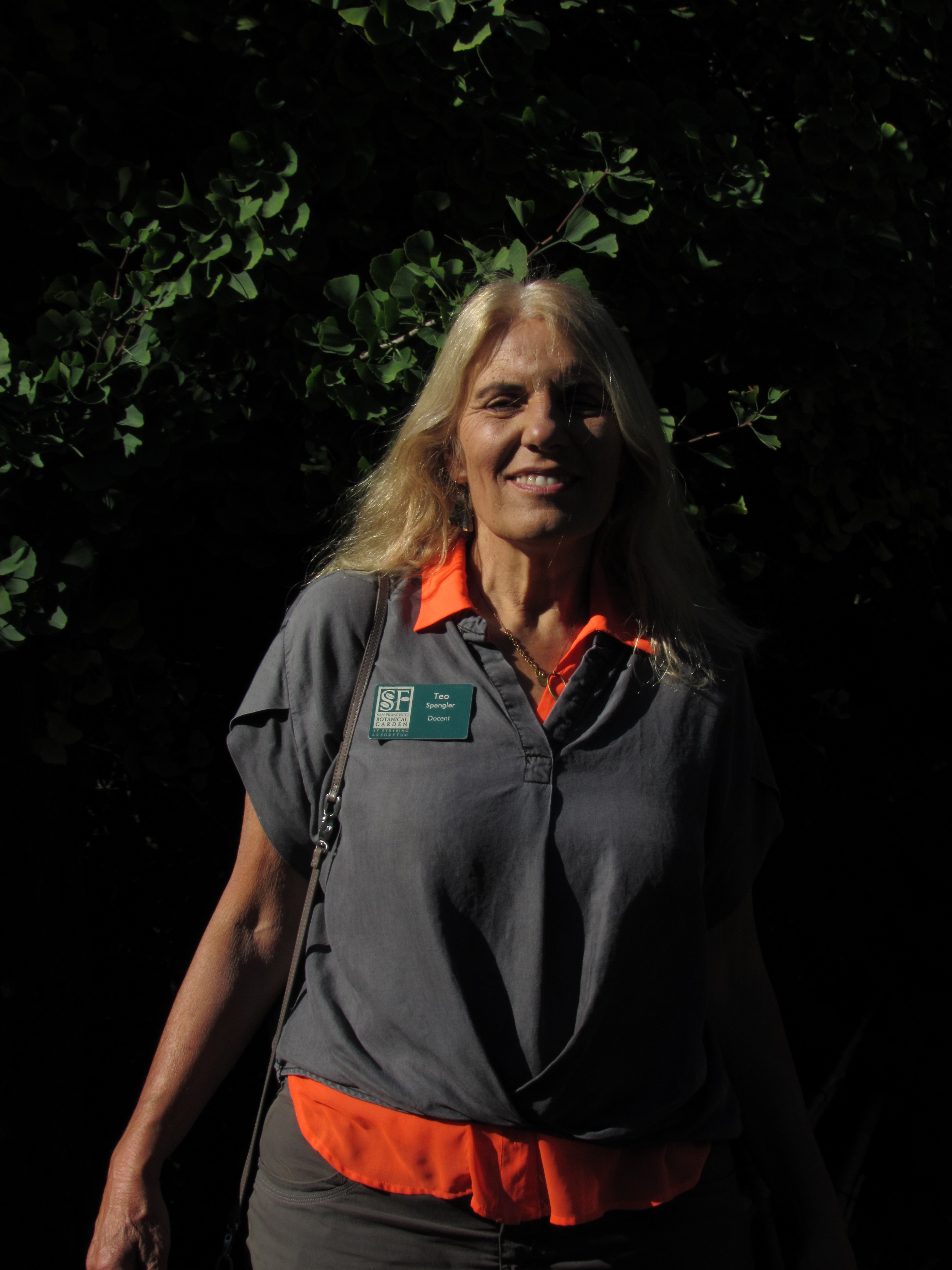
Where do Engelmann spruce grow? The highest, coldest forest ecosystems in the west, those with long, cold winters and short, cool summers -- these are Engelmann spruce (Picea engelmannii) territory. These tall, long lived trees also grow in lower elevations in localized frost pockets along river bottoms. If you live in a cold zone, these trees might just be your neighbors. Read on for more Engelmann spruce information.
Where do Engelmann Spruce Grow?
Engelmann spruce trees are large, narrowly pyramidal evergreen trees that can reach heights of over 100 feet (35 m.) tall. They have gray brown or russet bark, ascending or horizontal branches and bluish green four-sided needles.
Here are facts about Engelmann spruce’s native range: The trees grow in the wild from central British Columbia and southwest Alberta, south through the Cascade Mountains of Washington and Oregon and eastward to the Rocky Mountains. They are hardy to USDA plant hardiness zones 2 or 3.
Engelmann spruce trees prefer well-draining loam soil that is slightly acidic. The seeds require at least 40 percent shade to germinate and mature trees do better in shade as well.
Engelmann Spruce Tree Uses
Engelmann spruce tree uses include producing lumber. The wood of this spruce is fairly soft and low in resin. Much of it contains knots, which makes it more appropriate for pulp than for high-grade lumber. However, lumber from Engelmann spruce trees has been used for construction, pre-fabricated wood products, and plywood.
Have you ever had an Engelmann spruce as a Christmas tree? They are widely used for holiday trees. Left in place, they also serve to stabilize vegetation in the Rocky Mountains.
Engelmann Spruce Information
The facts about Engelmann spruce longevity are amazing. These trees are exceedingly long lived, continuing to grow steadily for hundreds of years. Dominant spruce trees are often up to 450 years old and it is not unusual for Engelmann spruce to live for 600 or even 800 years!
Gardening tips, videos, info and more delivered right to your inbox!
Sign up for the Gardening Know How newsletter today and receive a free copy of our e-book "How to Grow Delicious Tomatoes".
You might think that the soaring trees of Engelmann spruce have deep roots, but that isn’t the case. Their root systems are shallow, making the trees vulnerable to falling in high winds. The risk increases when the stand is opened up by cutting trees.
Trees that topple in the wind can be attacked by the spruce borer, which can lead to a borer attack in living trees as well. The western spruce budwood is another pest that attacks these trees.

Teo Spengler is a master gardener and a docent at the San Francisco Botanical Garden, where she hosts public tours. She has studied horticulture and written about nature, trees, plants, and gardening for more than two decades. Her extended family includes some 30 houseplants and hundreds of outdoor plants, including 250 trees, which are her main passion. Spengler currently splits her life between San Francisco and the French Basque Country, though she was raised in Alaska, giving her experience of gardening in a range of climates.
-
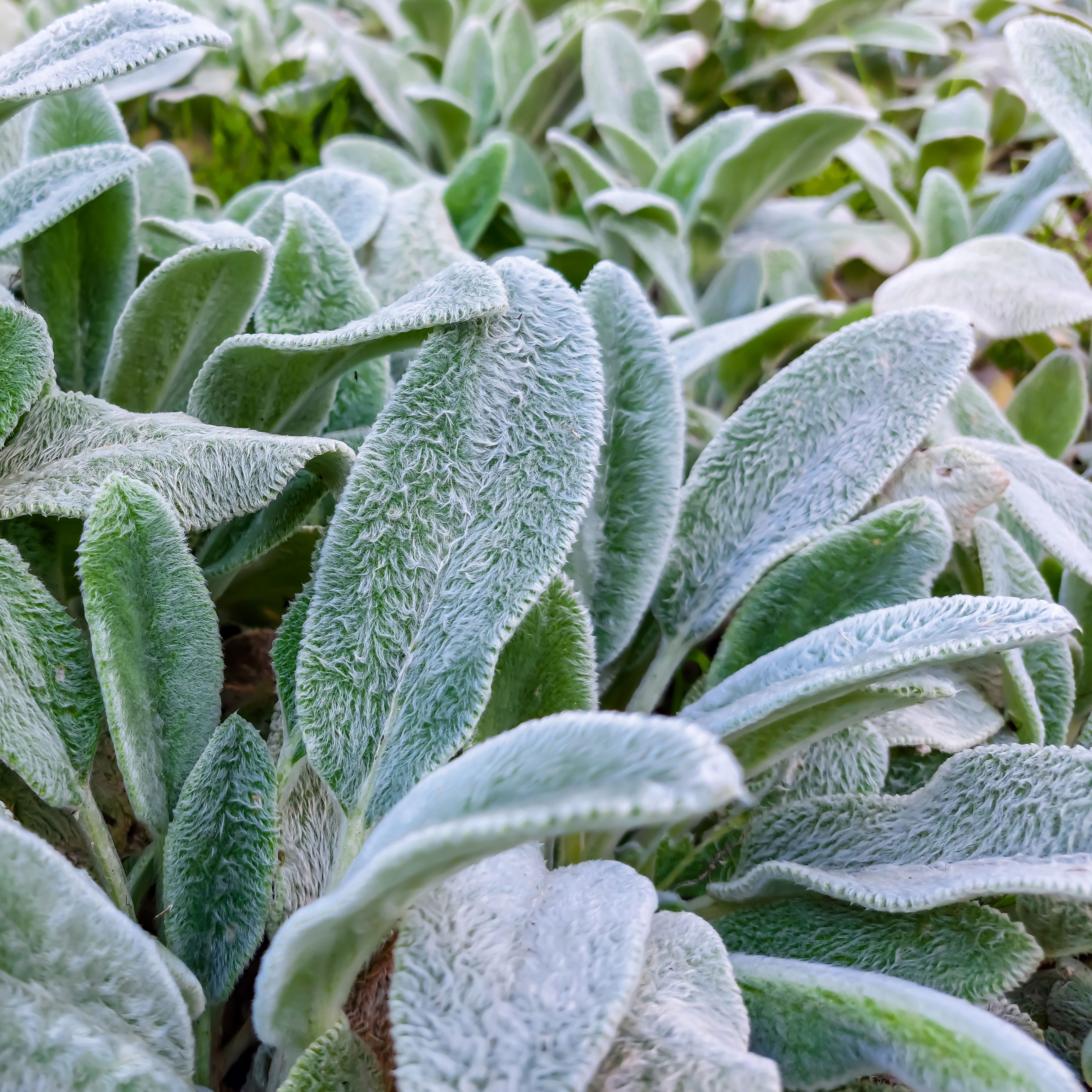 Looking For Plants To Give You The Soft And Fuzzies? Try These 5 Fuzzy Leaf Plant Options
Looking For Plants To Give You The Soft And Fuzzies? Try These 5 Fuzzy Leaf Plant OptionsLovers of texture, drama, silver foliage and tactile plants will adore these special sensory garden additions. These fuzzy leaf plant options will leave you all aglow
By Susan Albert
-
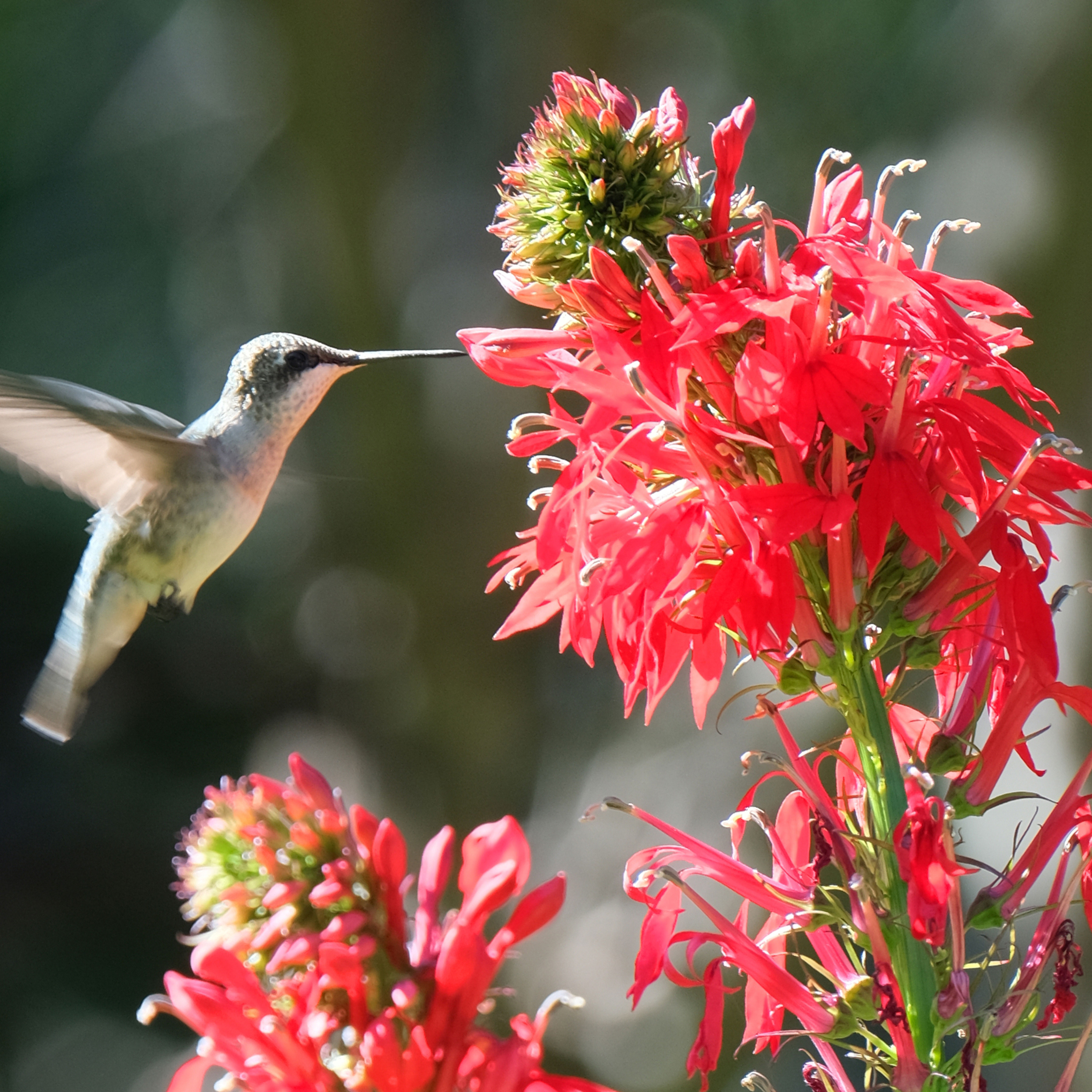 Get Ready For A Summer Of Hummers! Grow These Full Sun Hummingbird Plants and Flowers
Get Ready For A Summer Of Hummers! Grow These Full Sun Hummingbird Plants and FlowersIf you’re lucky enough to enjoy a sunny backyard, make sure you are maxing out on your pollinator opportunities and grow these full sun hummingbird plants and flowers
By Tonya Barnett
-
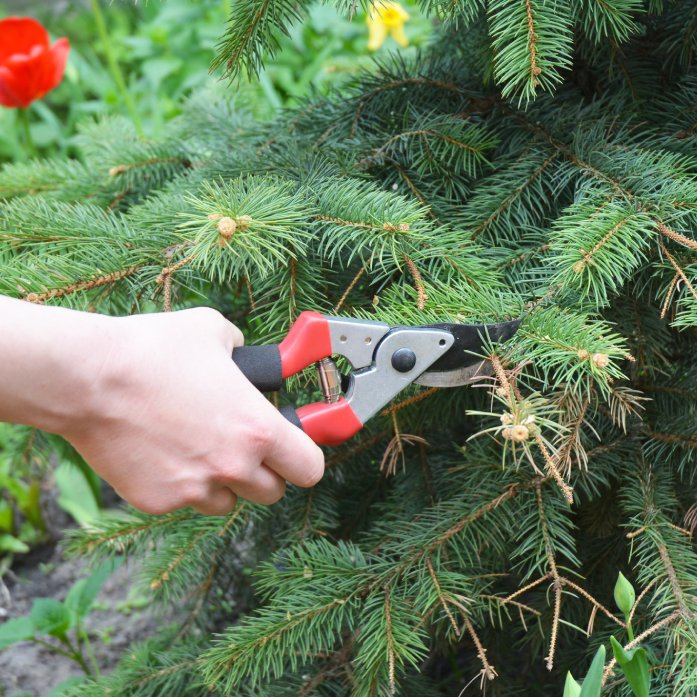 Spruce Pruning Essentials: Best Clipping Care for Healthy Spruce Trees
Spruce Pruning Essentials: Best Clipping Care for Healthy Spruce TreesFor the most part, spruce pruning is not necessary, but it’s good to know how and when to remove damaged branches or control their size.
By Teo Spengler
-
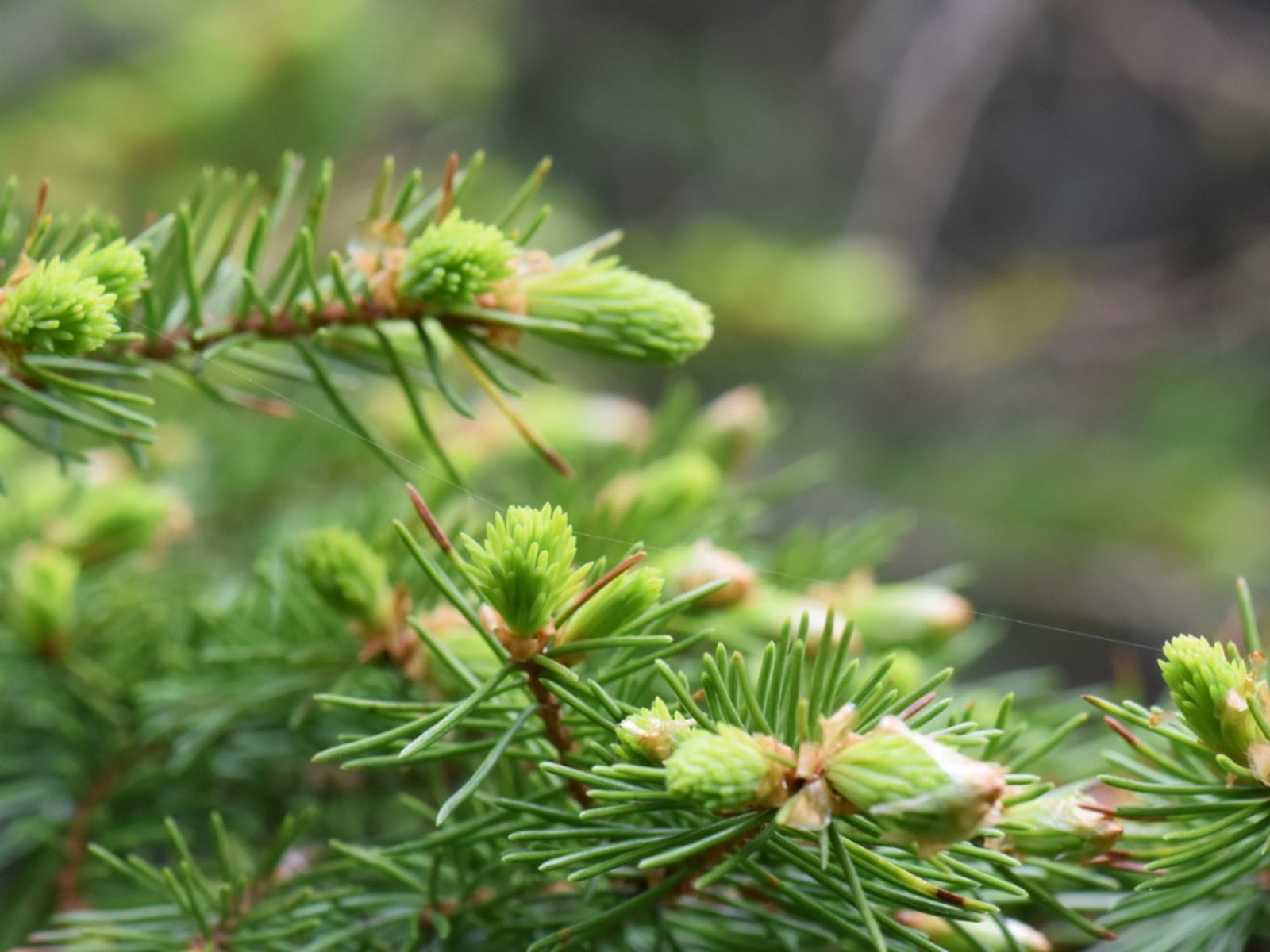 Spruce Needle Rust Control – How To Treat Spruce Needle Rust
Spruce Needle Rust Control – How To Treat Spruce Needle RustAre needles on the ends of spruce branches turning yellow, with the bottom branches most severely affected? It could be spruce needle rust symptoms. What is spruce needle rust, you ask? Click this article to learn more and discover how to treat spruce needle rust.
By Shelley Pierce
-
 Blue Wonder Spruce Info: Tips For Growing Blue Wonder Spruce Trees
Blue Wonder Spruce Info: Tips For Growing Blue Wonder Spruce TreesBlue Wonder spruce trees are great additions to formal gardens or as container plants. These small, conical-shaped evergreens are prized for their shape and for the beautiful, blue-gray color of their needles. Learn more about them in this article.
By Mary Ellen Ellis
-
 Cutting Back Dwarf Spruce: How To Prune Dwarf Spruce Trees
Cutting Back Dwarf Spruce: How To Prune Dwarf Spruce TreesDwarf spruce trees, despite their name, do not stay especially small. Whether you're looking to cut back a large dwarf spruce or just keep one nicely shaped, you need to do a little bit of dwarf spruce pruning. Learn more about how to prune dwarf spruce trees in this article.
By Liz Baessler
-
 Growing New Spruce Trees – Learn How To Propagate A Spruce Tree
Growing New Spruce Trees – Learn How To Propagate A Spruce TreeSpruce tree propagation refers to the different ways that spruce trees reproduce. How to propagate a spruce tree? The methods include growing spruce tree seeds and cuttings. If you are interested in learning about propagation methods for spruce trees, click here.
By Teo Spengler
-
 White Spruce Info: Learn About White Spruce Tree Uses And Care
White Spruce Info: Learn About White Spruce Tree Uses And CareThe white spruce is one of the most popular Christmas tree choices. It's very hardy and easy to grow. Click on the following article to learn more white spruce information, including tips on growing white spruce trees and white spruce tree uses.
By Liz Baessler
-
 Norway Spruce Tree Info: Care Of Norway Spruce Trees
Norway Spruce Tree Info: Care Of Norway Spruce TreesNorway spruce is a tough conifer that makes for an easy-care landscape tree. It is also planted extensively for forest restoration and windbreaks. Planting a Norway spruce is easy and this article will help with its care.
By Teo Spengler